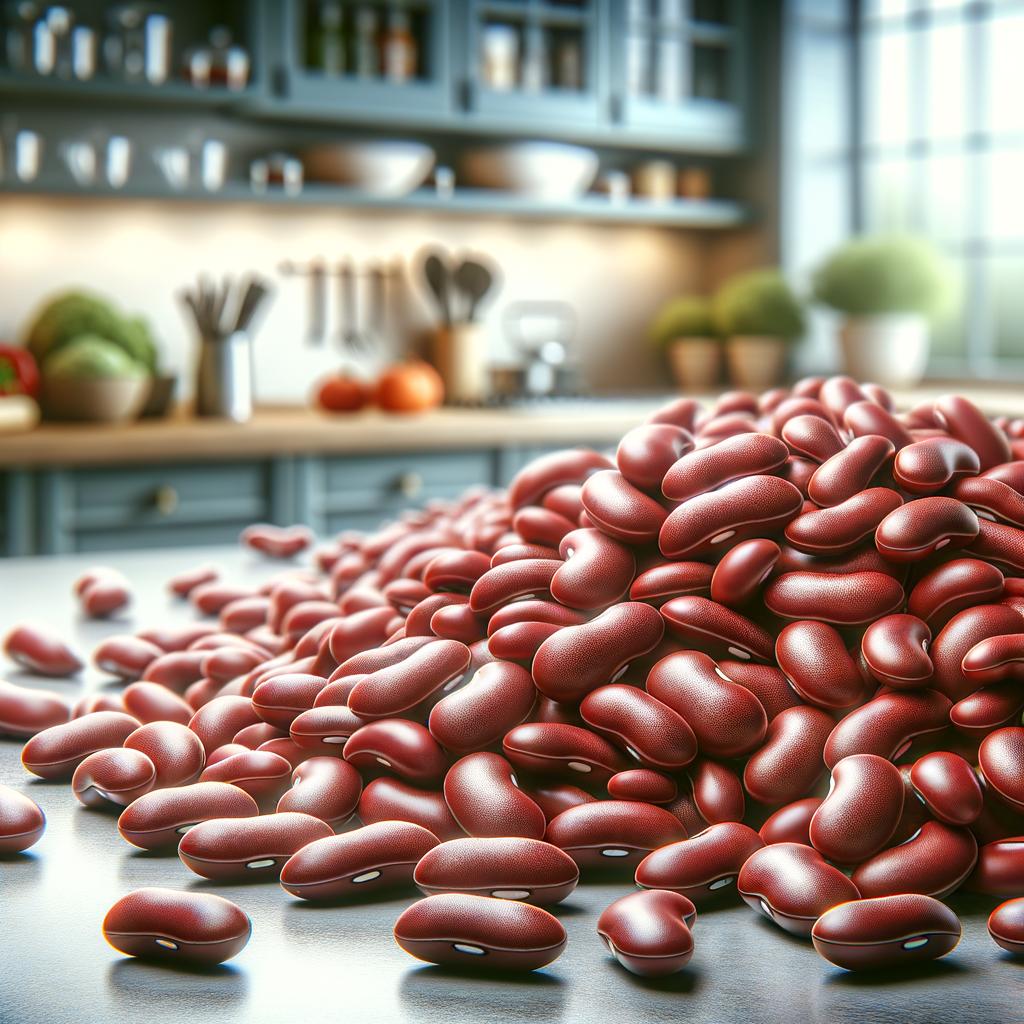Red Kidney Beans

Description
The Red Kidney Bean, a delightful legume with a robust and hearty character, is a beloved ingredient across the globe. Named for their striking resemblance to the human organ, these beans are a rich, glossy crimson color that adds a vibrant touch to any dish. Their texture is smooth and creamy, providing a satisfying mouthfeel that is both comforting and indulgent. The flavor profile of red kidney beans is mild yet distinct, with a subtle sweetness that makes it a versatile player in the culinary world. What sets these beans apart from their legume family is their ability to hold their shape well during cooking, making them an ideal choice for dishes that require a longer cooking time.
Primary Uses
Red kidney beans are a staple in a variety of cuisines, from the hearty chili of American Southwestern cuisine to the aromatic Rajma of North Indian cooking. They are commonly used in soups, stews, salads, and casseroles, providing both texture and a boost of nutrition. Beyond their culinary uses, red kidney beans have been used for medicinal purposes in traditional Chinese medicine, believed to support kidney and adrenal gland function. Their cultural significance is also noteworthy, often associated with prosperity and good luck in various cultures.
History
The history of the red kidney bean is as rich and varied as its flavor. Originating from Central and South America, these beans were a staple food for the ancient Aztecs and Incas. They were introduced to Europe by Spanish explorers in the 15th century and have since become a beloved ingredient worldwide. Over time, the use and popularity of red kidney beans have only increased, with different cultures incorporating them into their traditional dishes. An interesting folklore associated with these beans is that they were considered a magical item in some cultures, believed to ward off evil spirits.
Nutritional Information
Red kidney beans are a nutritional powerhouse, packed with protein, fiber, and a range of essential vitamins and minerals, including iron, potassium, and folate. They are low in fat and high in complex carbohydrates, making them an excellent choice for a balanced diet. The consumption of red kidney beans is associated with numerous health benefits, such as improved heart health, blood sugar control, and weight management. Compared to other legumes, red kidney beans offer a higher amount of antioxidants, which are beneficial for reducing inflammation and preventing chronic diseases. As with all beans, they should be cooked thoroughly to avoid the risk of Phytohaemagglutinin, a natural toxin found in raw and undercooked beans.

